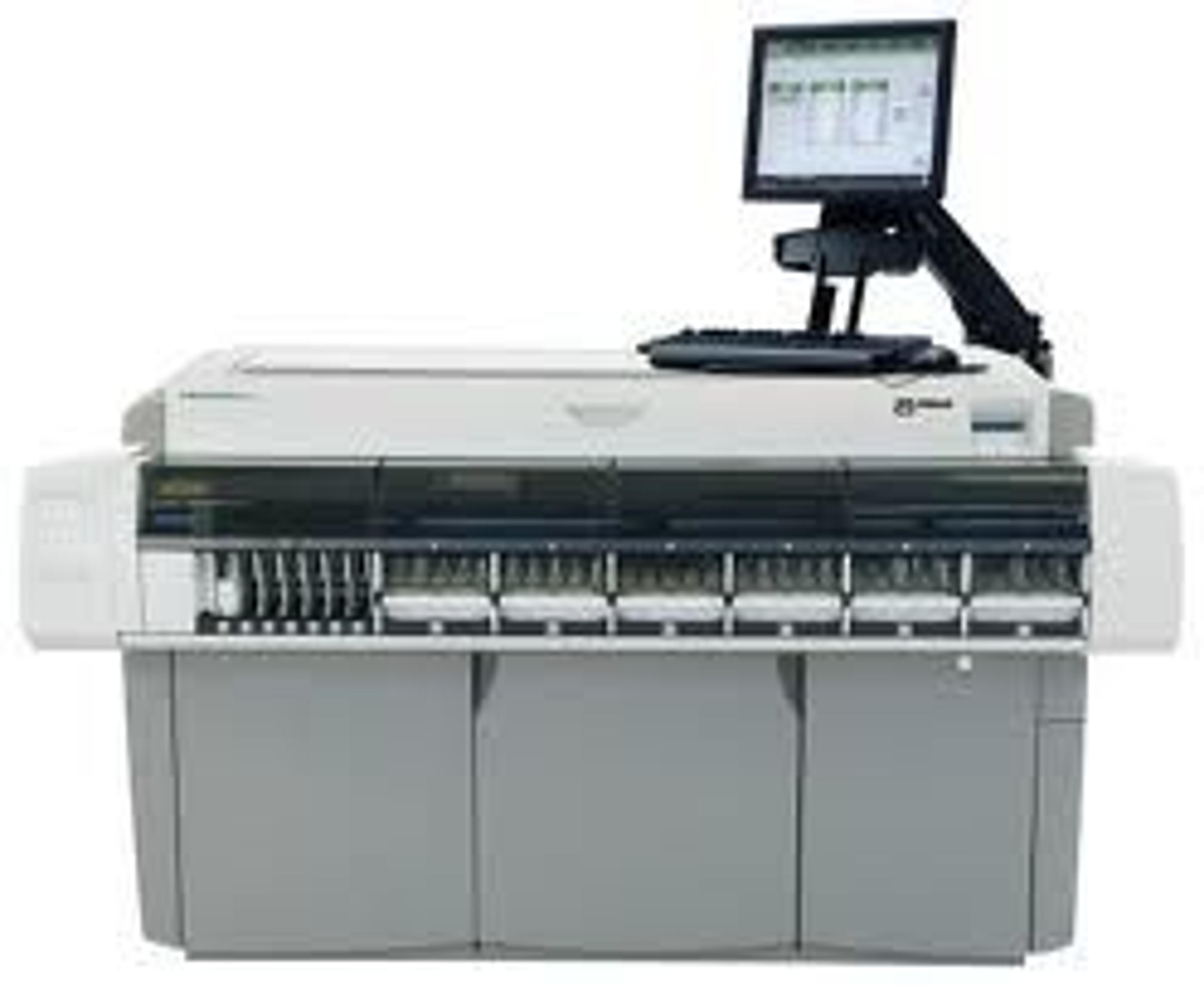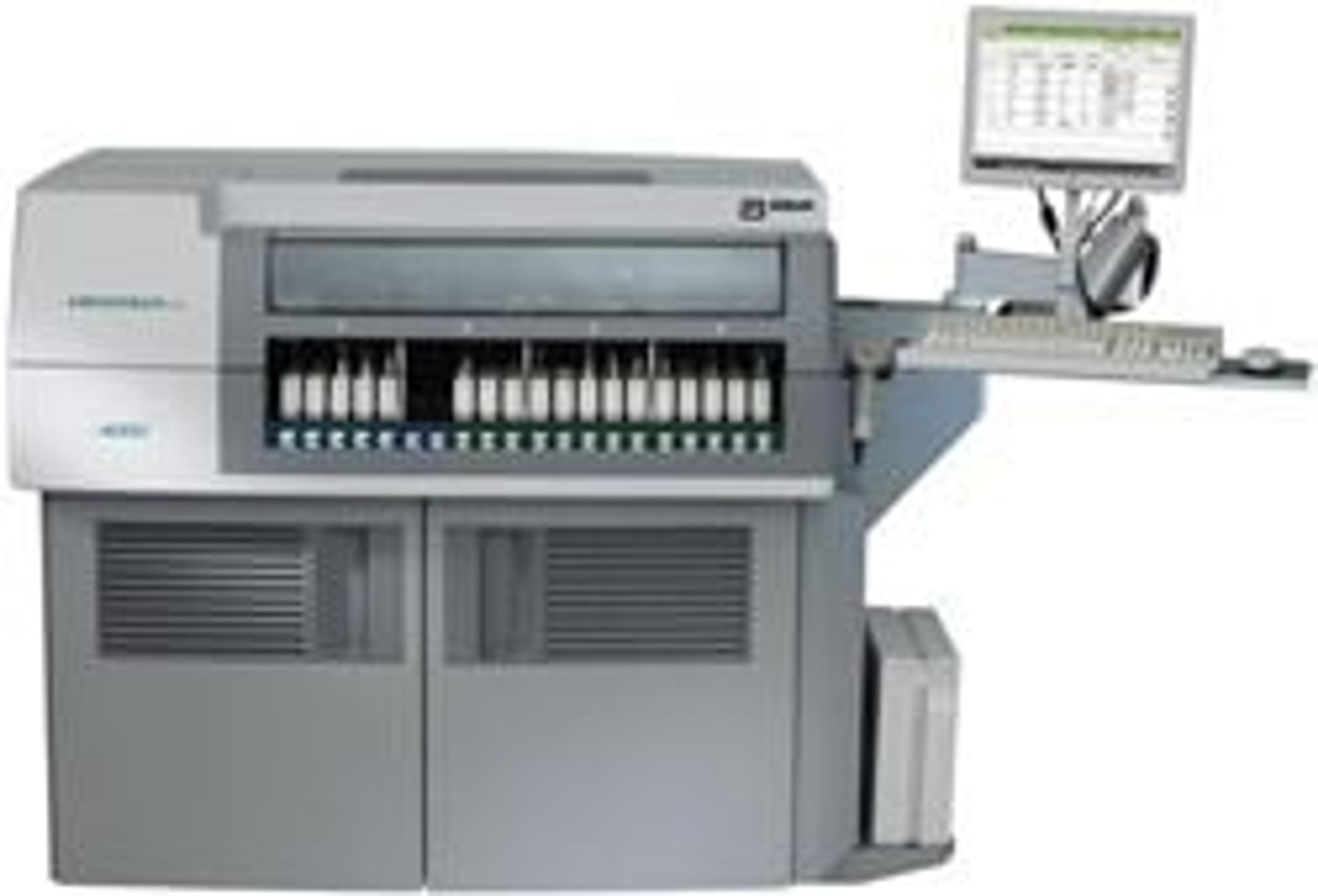Abbotts High Sensitivity Troponin Assays allow Early Detection of MI
24 Jan 2012
The diagnosis of Myocardial Infarction (MI) is based mainly on an elevated cardiac troponin level exceeding the 99th percentile, which goes on to demonstrate an increase or decrease over time. It is vital that patients at high risk of MI are identified quickly so that aggressive treatment can be commenced immediately.
A number of highly sensitive troponin assays have been developed recently to address this need for early MI detection. Scientists at the University Heart Center (Hamburg, Germany) have announced publication of data from a study evaluating the diagnostic performance of a highly sensitive troponin I (hsTnl) assay compared with a contemporary troponin I (cTnl) assay.
Twelve biomarkers including hsTnl and cTnl, were measured in a cohort of 1,818 patients with suspected acute coronary syndrome at chest pain units in Germany. Abbotts ARCHITECTSTAT troponin I assay was used for the cTnl assay, and Abbotts prototype cardiac troponin I assay (ARCHITECTSTAT High Sensitive Troponin I) was used for the hsTnl assay.
For discrimination of acute MI, both the cTnl and the hsTnl proved superior to the other evaluated diagnostic biomarkers. Using the 99th percentile cutoff, hsTnI on admission had a sensitivity of 82.3 % and negative predictive value (NPV) of 94.7%; hsTnI determined after three hours had a sensitivity of 98.2% with NPV of 99.4%. Compared with hsTnI, the cTnI assay, using the 99th percentile as cutoff had comparable sensitivity and NPV: 79.4% sensitivity and 94.0% NPV on admission, and 98.2% sensitivity and 99.4% NPV after three hours.
The study demonstrates how the new generation of hsTnl assays can provide useful diagnostic information for physicians. Determination of hsTnI and cTnI values 3 hours after admission to the emergency department potentially allows for a safe rule-out of MI, whilst application of the relative change in hsTnI and cTnI in the 3 hours following admission could provide an accurate rule-in of MI.
Till Keller, MD, a senior author of the study, concluded that "The shortcoming of conventional troponin assays with low sensitivity within the first hours after chest pain onset led to the evaluation of various so-called early biomarkers in the diagnosis of MI. In our study, the diagnostic information of hsTnI was superior to all other evaluated biomarkers alone." The study was published on December 28, 2011, in the Journal of the American Medical Association (JAMA).




